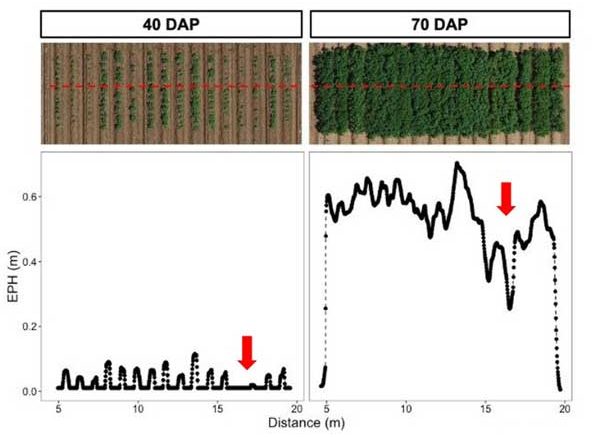|
Click to listen to this article
|
Equipped with sensors, drones can identify weeds and pests faster than humans – and speed up treatment
The July 22nd Sustainable, Secure Food Blog looks at how drones are being used in crop science.
According to blogger Filipe Matias, drone advancements and lower costs have helped drones become more common in the daily activities of crop science research. They can replace the hard work of walking through fields, taking measurements, and identifying problems. They help scientists accelerate discoveries and reduce labor costs to create more nutritious, high-yielding, and flavorful crops.
The sun emits radiation, which is called the “electromagnetic spectrum.” This includes the visible light that we see and also microwaves, near infrared waves, x-ray, and gamma-rays. We can “see” different parts of the spectrum by attaching specific sensors to drones, just like wearing night vision goggles to detect the heat of people hiding in the woods. By using sensors and drones, we can 1) distinguish plants from their surroundings and 2) capture images of the inner workings of crops.
Once weeds are detected, spraying drones now can be used to eliminate weeds in the field with targeted herbicide application. This targeted spraying is sustainable, reducing herbicide use, labor costs, human health, and environmental impacts.
In the future, drones could be used more and more by farmers and scientists to make people’s lives easier. With the reducing costs of drones, sensors, and tools to use the data, they will become more accessible worldwide.
To read more about the research findings and the entire blog, CLICK HERE.


